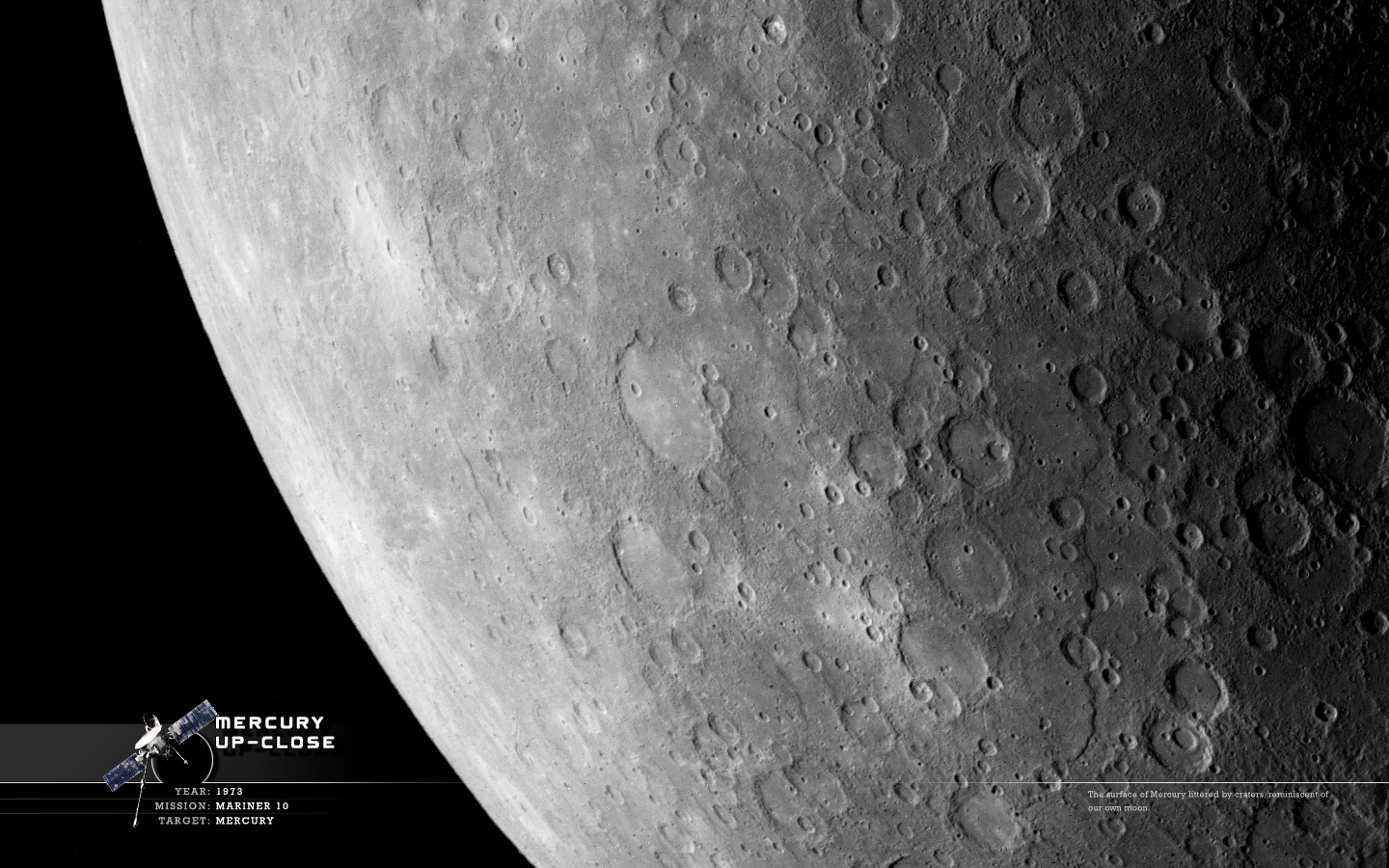

The company has received authorisation for 3,236 satellites and is required to have at least half this number deployed in-orbit by July 2026. However, due to ITU regulations Amazon (along with all other big LEO entrants) has to meet constellation deployment conditions. No details such as contract price or intended launch schedule were publicly released. ULA has been contracted to provide nine launches utilising its mainstay Atlas V rocket. Nereid and Triton are the largest known irregular moons in the Solar System.Amazon has made its first official contract award for its future LEO satellite internet constellation – known as Project Kuiper. The award, announced on 19 April, was granted to American launch provider United Launch Alliance. Within the exception of Nereid and Triton, Neptune's irregular moons are similar to the irregular moons of other giant planets. The planet has seven irregular moons, which are Neso, Psamathe, Laomedeia, Sao, Helimede, Nereid, and Triton. Larissa and Proteus are the only regular moons that have been imaged, and their shapes and surface features discerned. Naiad is the closest regular moon to Neptune, while Proteus is the furthest regular moon and the planet's second-largest moon. All of these moons, except Proteus and Hippocamp, are within Neptune-synchronous orbit. There are seven regular moons, also described as inner moons, which are Proteus, Hippocamp, Larissa, Galatea, Despina, Thalassa, and Naiad. Neptune contains both regular and irregular moons. According to naming conventions, "normal" irregular satellites are given names that end in "a" while prograde satellites are given names that end in "e," while retrograde satellites are given names that end in "o." Characteristics Hippocamp, the last moon to be discovered, remained unnamed until February 2019, when it was named after Hippocamp, a creature in Greek mythology that is half horse and half fish. Triton was simply referred to as "the satellite of Neptune" until the 20th century, and its name came into common use in the 1930s. The moons of Neptune are named for Greek and Roman water deities, which is consistent with Neptune's name, which is a reference to the Roman god of the sea. It is believed that Hippocamp was not discovered in 1989 by Voyager 2 due to its dimness.


The final moon, Hippocamp, was discovered in 2013 by American astronomer Mark Showalter. These five moons included Neso, Laomedeia, Psamanthe, Sao, and Halimede.

Five additional moons were discovered in 2001 and confirmed in follow-up surveys in 20. No further moons were discovered until 1989, when NASA space probe Voyager 2 flew by Neptune and discovered five inner moons: Proteus, Galatea, Despina, Thalassa, and Naiad. The planet's third moon, which was later named Larissa, was discovered on May 24, 1981, by American astronomers William B. Kuiper discovered Neptune's second moon, Nereid, in 1949. More than 100 years later, Dutch-American astronomer Gerard P. The largest moon of Neptune is Triton, which was discovered on October 10, 1846, by English astronomer William Lassell. Triton is Neptune's largest and best-known moon and was discovered in 1846, just seven days after the planet's discovery. Neptune has 14 known moons, seven of which are regular satellites, while the other seven are irregular satellites, meaning that they follow an inclined and retrograde orbit. The mass of Neptune is approximately 17 times that of Earth, and it is the only planet in the Solar System that was discovered by mathematical prediction, as it is not visible to an unaided eye. It is the third most massive planet in the Solar System, has the fourth-largest diameter, and is classified as a gas giant. Neptune is a planet in the Solar System that is located eighth from the Sun.


 0 kommentar(er)
0 kommentar(er)
